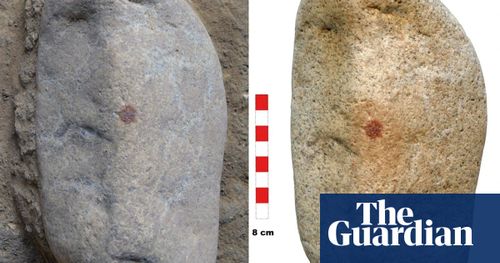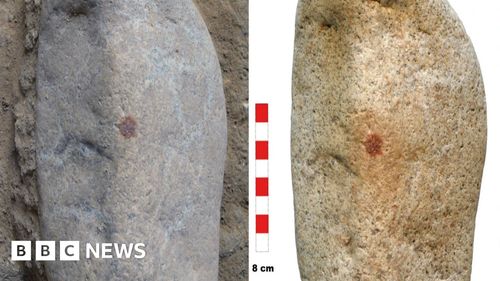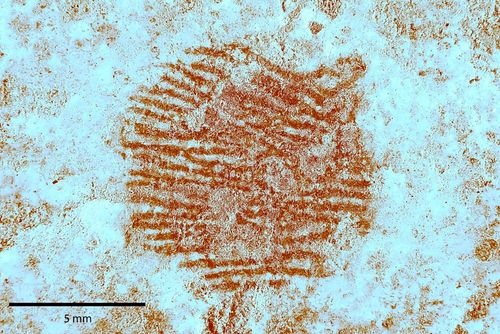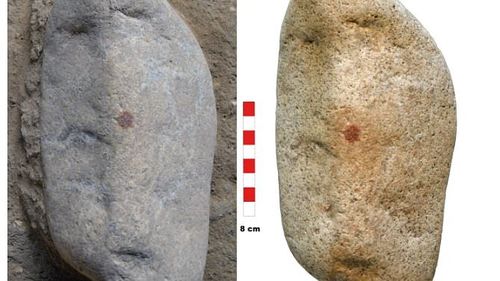World’s oldest fingerprint may be a clue that Neanderthals created art


Scientists in Spain say they have discovered the oldest full human fingerprint after unearthing a rock which they say resembles a human face and suggests Neanderthals could make art. A Neanderthal man is believed to have dipped his finger in red pigment to paint a nose on a pebble around 43,000 years ago. The rock was discovered in the San Lázaro rock shelter in Segovia, Spain. The "strategic position" of the dot has led scientists to see it as evidence of Neanderthals' "symbolic behaviour", suggesting they had the ability to think about things in an abstract way. The findings contribute to the ongoing debate on Neanderthals' ability to make art, study co-author María de Andrés-Herrero said.

According to a new study in Archaeological and Anthropological Sciences, a team of researchers may have discovered one of the oldest art objects adorned with a fingerprint from across Europe. The object, a pebble, was stamped with ochre by a Neanderthal around 43,000 years ago and was found by researchers in Spain in 2022. “This object contributes to our understanding of Neanderthals’ capacity for abstraction,” the researchers stated in their study, as it could “represent one of the oldest known abstractions of a human face in the prehistoric record.” Indeed, the placement of the ochre fingerprint could suggest that Neanderthals were more advanced artists than traditionally thought, adorning objects not only with fingerprints but with human faces, as well.

The most complete Neanderthal fingerprint ever discovered may have been left behind by a prehistoric artist while painting a face on a pebble using red ocher. Found at the San Lázaro rock shelter in central Spain, the rouge dactylogram provides new evidence for the cognitive abilities of Neanderthals, implying that they shared our tendency to see faces in inanimate objects – a phenomenon known as pareidolia. “This object contributes to our understanding of Neanderthals’ capacity for abstraction, suggesting that it could represent one of the earliest human facial symbolizations in Prehistory,” write the authors of a new study about the stained pebble. Retrieved from a layer of sediment dated to around 43,000 years ago, the stone is associated with an assemblage of Neanderthal tools and was deposited long before modern humans reached this part of the Iberian peninsula.


